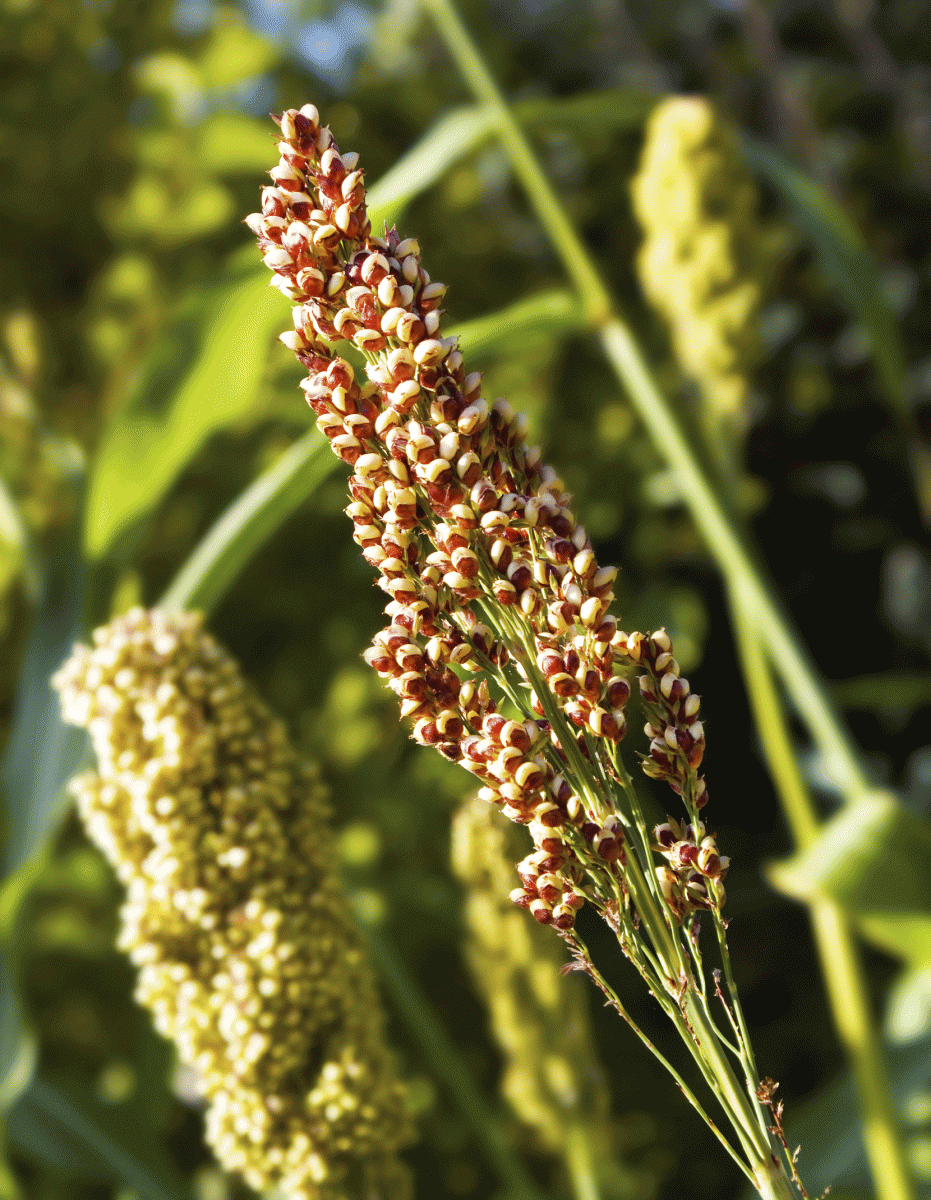Quinoa Forms: Powders, Puffs, and More
Despite its South American origins, quinoa is now eaten by consumers around the world.

Despite its South American origins, quinoa is now eaten by many consumers around the world. The so-called “ancient grain” (technically it is not a grain, but a seed from a broadleaf plant) is most often consumed as whole, cooked seeds. But because this format can be quite limiting, manufacturers are inquiring about new ways to formulate products with this fiber-rich ingredient.
In response to quinoa’s new demand, ingredient suppliers are giving quinoa a makeover. They’re making the ingredient more compatible with today’s food products and, at times, more entertaining. So get ready for the incredible new life of quinoa in foods and beverages.
Quinoa Flour
In some cases, the label appeal alone of “quinoa flour” may be enough to warrant adding milled quinoa to baked goods. But bakers should remember: quinoa is gluten-free.*
Baking ingredient experts like Bay State Milling (Quincy, MA) are quick to point out this important detail, warning that the absence of gluten means quinoa flour won’t help baked goods rise. For functionality in quinoa-containing baked goods, consider adding starches, or other grains with gluten.
Ancient grain blends are an increasingly popular option. To balance their label appeal with functionality, many of these mixes contain at least one glutenous grain. Bay State’s own blend features amaranth, millet, quinoa, and gluten-containing barley, rye, and spelt.
Smooth Quinoa
Even with its appeal, quinoa is, at the end of the day, still a fiber. And fiber can impart a gritty texture. Fortunately, there are ways to soften quinoa’s texture if it is a problem.
Years ago, VDF Futureceuticals (Momence, IL) and the USDA invented a proprietary shearing process for oats. The intention was to concentrate oat’s heart-healthy beta-glucans (it worked successfully), but an extra, almost unintended effect was creamy mouthfeel. This pleasing result-which had to do with the removal of insoluble fiber in favor of more soluble fiber-now appears to happen with quinoa. Hartley Pond, Futureceuticals vice president of technical sales, explains what it can do for
nutrition bars:
Over time, the more fiber you add to a bar, the quicker it tends to dry out. If you add too much fiber, you’ll end up getting something really gritty. Our quinoa powder, however, mitigates some of that and gives the bar a softer, almost fat-mimetic texture.
But there may be, still, other ways of softening quinoa’s texture. Glanbia Nutritionals (Fitchburg, WI) recently developed a pre-gelatinized quinoa flour, and Glanbia says the benefits are many. A light heat treatment involved in the pre-gelatinization process is said to result in quinoa with mellower flavor (“sweet, slightly nutty”) and reduced microbial load. Other characteristics may especially complement beverages.
Pre-gelatinized quinoa is quick to absorb water, meaning it can offer thickness to products such as smoothies. Beyond thickening power, “It’s a fine texture-a finer, fluffier texture than standard flours,” says Glanbia’s Nicole Rees. The texture helps suspension compared to standard flours, “which tend to clump when mixed with liquids.”
Quinoa for Babies
Having quinoa available in liquid-friendly formats creates even more opportunities, even including purées for babies.
Because quinoa is a complete protein, it is well suited for baby and infant health foods. Realizing this potential, Factoria Quinoa (Bogotá, Colombia) markets instant quinoa powder, which has applications for both young consumers and older ones. This quinoa powder is pre-gelatinized, too, and Factoria Quinoa says this makes for a more digestible quinoa.
Puffed Quinoa
Forgetting sophisticated quinoa powders for a moment, there is still a visual appeal of whole, cooked quinoa seeds. For manufacturers eager to show off quinoa, Glanbia Nutritionals now supplies puffed quinoa.
These quinoa puffs are made not from standard quinoa but from a considerably smaller, yet nutritionally equivalent, quinoa species called kaniwa. Also known as “baby quinoa,” the little puffs can add chewy texture to cereal clusters, nutrition bars, and other grain-based products. But imagine these little guys floating in beverages. For consumers who really want to see their fiber, quinoa puffs are a fun option.
* Although quinoa is technically gluten-free, some researchers have shown concern for “gluten-like peptides” in quinoa.

The Nutritional Outlook Podcast Episode 39: Nutritional Outlook's Ingredients to Watch in 2025
February 25th 2025In this episode, Nutritional Outlook interviews Scott Dicker, market insights director from market researcher SPINS, about ingredients and product categories nutraceutical and nutrition product manufacturers should watch in 2025.




















